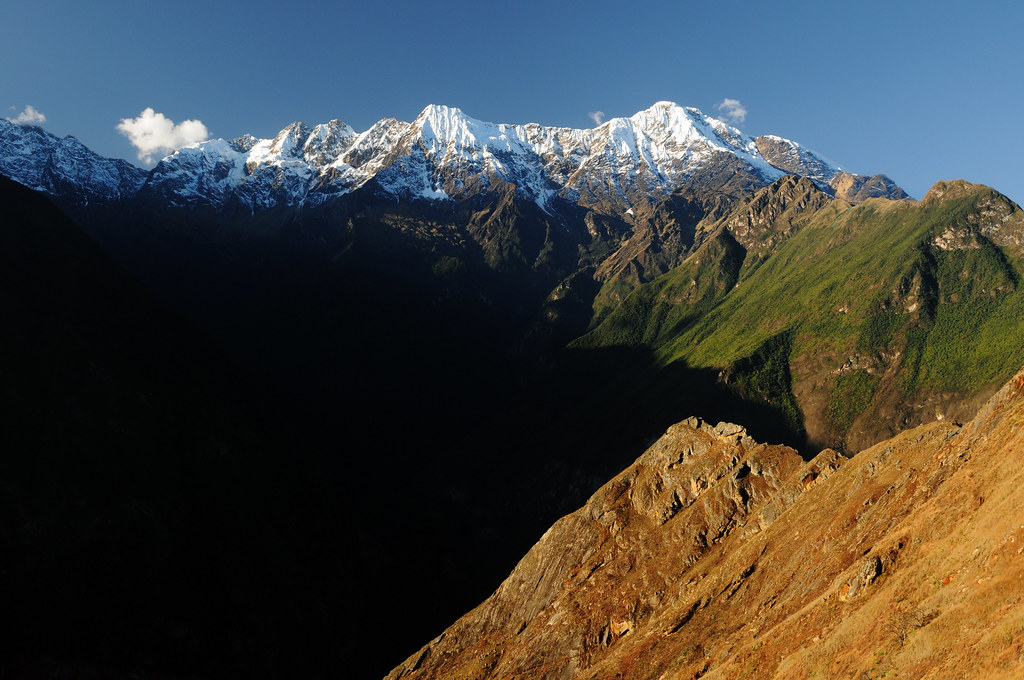Why are Vilcabamba Mountains So Prominent?
Unveiling Nature's Majesty: The Irresistible Allure of Vilcabamba Mountains
Vilcabamba Mountains

Nestled within the captivating region of Cusco, Peru, the Vilcabamba mountain range stands as a testament to the grandeur of nature. Stretching across the provinces of Anta, La Convención, and Urubamba, these majestic mountains command attention with their towering peaks, rugged terrain, and rich biodiversity. But what makes the Vilcabamba Mountains so prominent among the many wonders of the Andes? Join us as we embark on a journey to unravel the mysteries and explore the factors that contribute to the prominence of these iconic peaks.
The Geological Significance of Vilcabamba Mountains:
At the heart of the Vilcabamba Mountains’ prominence lies their geological significance. Formed millions of years ago through the tectonic forces that shaped the Andes mountain range, these mountains boast a complex geological history that has contributed to their towering stature and dramatic landscapes. The collision of the South American and Nazca tectonic plates gave rise to the uplift of the Andes, resulting in the formation of rugged peaks and deep valleys, including those of the Vilcabamba range.
The Vilcabamba are characterized by their steep slopes, sharp ridges, and glaciated peaks, which are a testament to the dynamic geological processes that have shaped the region over millennia. The presence of prominent peaks such as Salcantay, towering at 6,271 meters above sea level, adds to the allure of the Vilcabamba range, drawing adventurers and mountaineers from around the world to explore its rugged terrain.
Ecological Diversity and Biodiversity:
Beyond their geological significance, the Vilcabamba Mountains are renowned for their ecological diversity and rich biodiversity. Spanning a range of altitudes and climates, from humid lowlands to high-altitude puna grasslands, these mountains are home to a vast array of plant and animal species, many of which are found nowhere else on Earth.
The lower slopes of the Vilcabamba range are characterized by lush cloud forests teeming with life, including orchids, bromeliads, and exotic bird species such as the Andean cock-of-the-rock and the Andean condor. As one ascends into higher elevations, the landscape transitions to alpine meadows and barren rock, inhabited by hardy species adapted to the harsh mountain environment.
The Vilcabamba Mountains also play a crucial role in regulating regional climate patterns and providing essential ecosystem services, such as water storage and carbon sequestration. The rivers and streams that originate in these mountains feed into the Amazon basin, supporting diverse ecosystems downstream and providing water for millions of people. Just as we know Why are Cordillera de Mérida Mountains So Prominent?
Cultural and Historical Significance:
In addition to their geological and ecological importance, the Vilcabamba Mountains hold significant cultural and historical value. The region was once inhabited by the Inca civilization, who revered the mountains as sacred sites and incorporated them into their religious beliefs and cultural practices.
One of the most famous archaeological sites in the Vilcabamba is the ancient Inca citadel of Machu Picchu, which is located at the eastern end of the range. Built in the 15th century at the height of the Inca Empire, Machu Picchu served as a royal estate and religious sanctuary, showcasing the architectural and engineering prowess of the Inca civilization.
The Vilcabamba Mountains also played a significant role in the history of the Spanish conquest of Peru. Following the fall of the Inca Empire, the last Inca ruler, Manco Inca Yupanqui, retreated to the remote Vilcabamba region, where he established the Neo-Inca state of Vilcabamba. For several decades, the Vilcabamba served as a stronghold for resistance against Spanish colonization, making them a symbol of indigenous resistance and resilience.
Conclusion:
As we conclude our exploration of the prominence of Vilcabamba Mountains, we are reminded of the diverse factors that contribute to their significance. From their geological origins and ecological diversity to their cultural and historical importance, these mountains embody the splendor and complexity of the Andean landscape. As we continue to study and appreciate the wonders of the Vilcabamba range, may we strive to protect and preserve these majestic mountains for future generations to enjoy.
Know More about Vilcabamba Mountains.
What Are The Tourist Places Nearest to Vilcabamba Mountains?
When Were Vilcabamba Mountains Formed?
Where Are Vilcabamba Mountains Located?
Who Discovered Vilcabamba Mountains?
How to Reach Vilcabamba Mountains?




